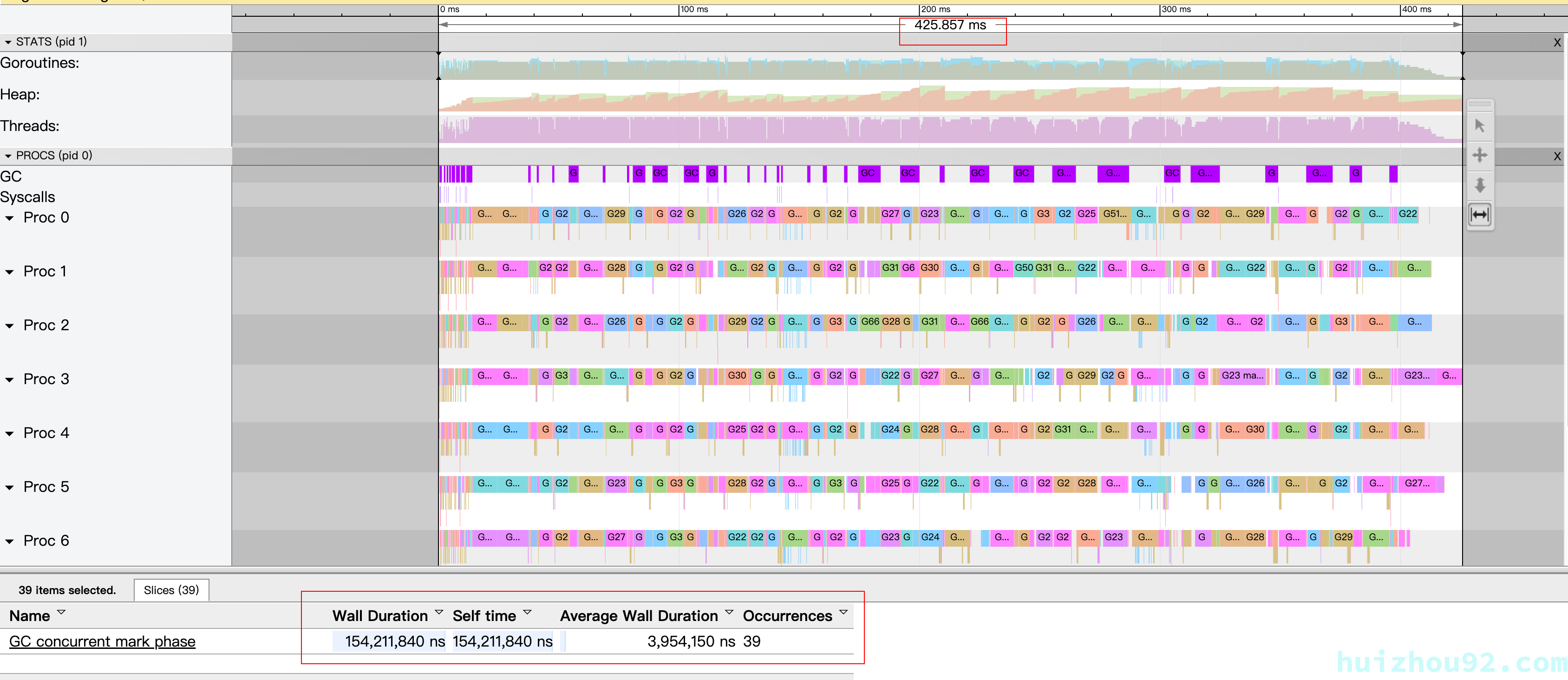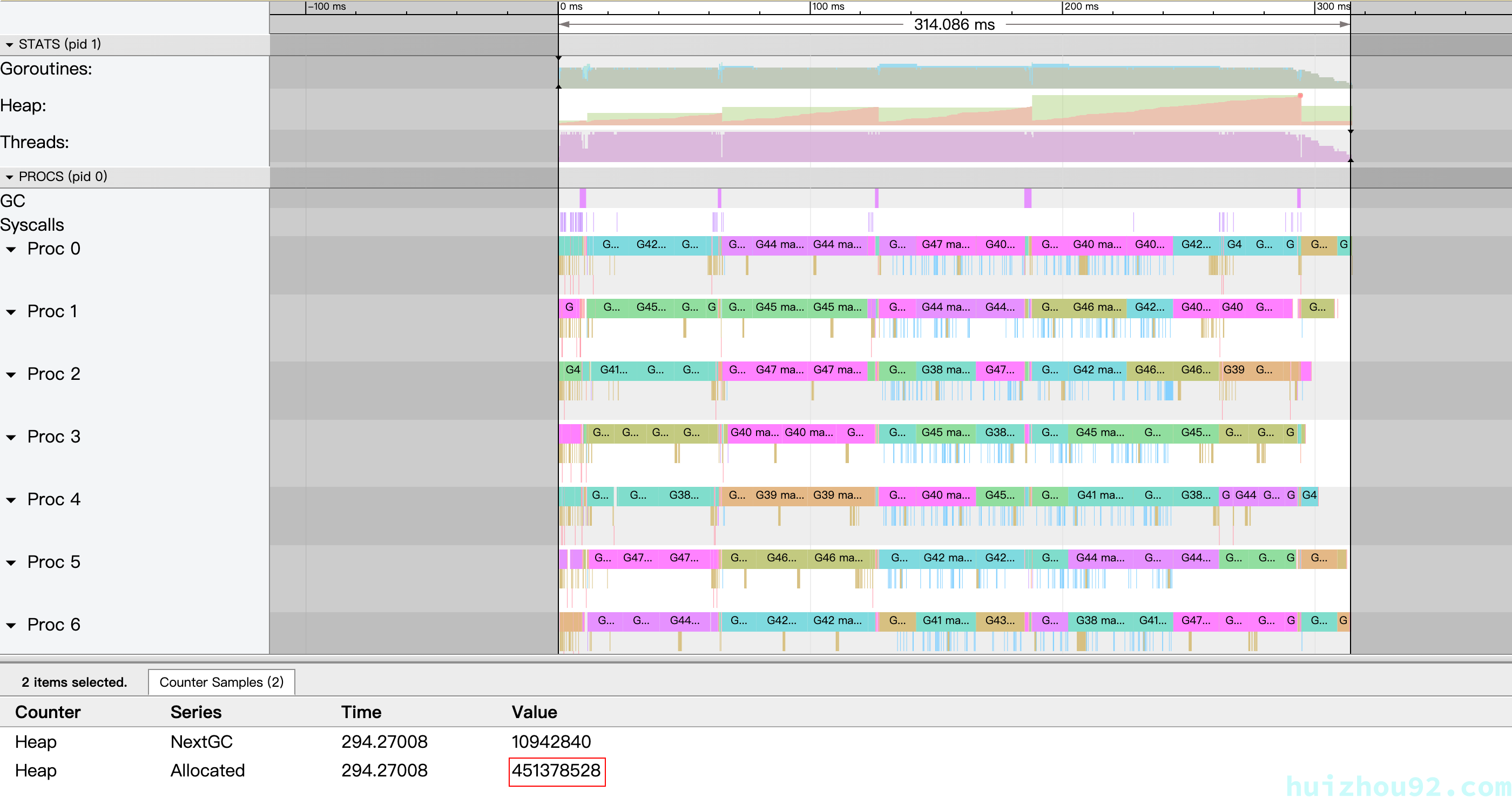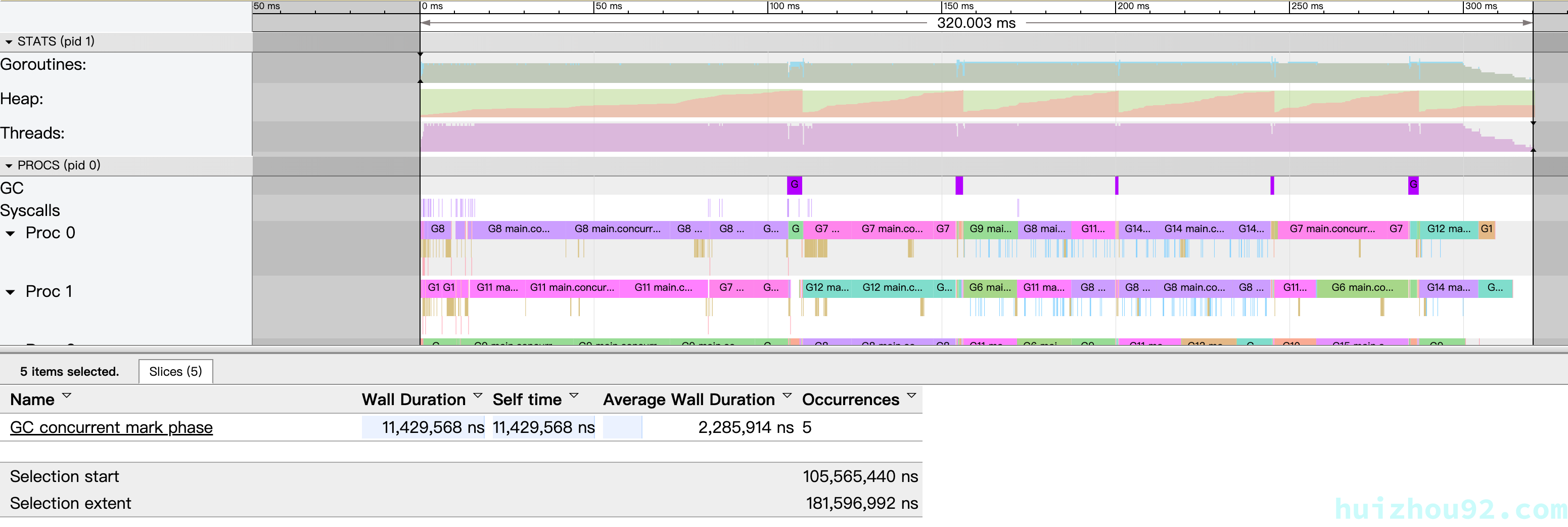When developing with Golang, we typically don’t focus too much on memory management since Golang’s runtime efficiently handles garbage collection (GC). However, understanding GC can be significantly beneficial in performance optimization scenarios. This article explores optimizing GC and enhancing code performance using go trace through an example XML parsing service.
Special thanks to Arden Lions for their excellent presentation.
https://www.youtube.com/watch?v=PYMs-urosXs&t=23s If you're not familiar with `go trace`, check out @Vincent's [article on the trace package](https://medium.com/a-journey-with-go/go-discovery-of-the-trace-package-e5a821743c3c).All examples were run on my MacBook Pro M1, which has ten cores.
This article was first published in the Medium MPP plan. If you are a Medium user, please follow me on Medium. Thank you very much.
Our goal is to create a program that processes multiple RSS XML files and searches for items containing the keyword go in the title. We’ll use the RSS XML file from my blog as an example and parse this file 100 times to simulate stress.
Complete code: GitHub Repository
Single-Threaded Approach
List 1: Counting Keywords with a Single Goroutine
|
|
The code is straightforward; we use a for loop to complete the task and then execute it:
|
|
Then, we use go trace to view trace_single.out.
- RunTime: 2031ms
- STW (Stop-the-World): 57ms
- GC Occurrences: 252ms
- GC STW AVE: 0.227ms
GC time accounts for approximately 57 / 2031 ≈ 0.02 of the total runtime. The maximum memory usage is around 11.28MB.
Figure 1: Single Thread - Run Time

Figure 2: Single Thread - GC

Figure 3: Single Thread - Max Heap

Currently, we are using only one core, resulting in low resource utilization. To speed up the program, it’s better to use concurrency, which is where Golang excels.
Concurrent Approach
List 2: Counting Keywords Using FinOut
|
|
Run the program using the same method:
|
|
- RunTime: 425ms
- STW: 154ms
- GC Occurrences: 39
- GC STW AVE: 3.9ms
GC time accounts for approximately 154 / 425 ≈ 0.36 of the total runtime. The maximum memory usage is 91.60MB.
Figure 4: Concurrent - GC Count

Figure 5: Concurrent - Max Heap

The concurrent version is about five times faster than the single-threaded version. In the go trace results, we can see that GC occupies 36% of the runtime in the concurrent version. Is there a way to optimize this time? Fortunately, in Go 1.19, we have two parameters to control GC.
GOGC & GOMEMLIMIT
In Go 1.19, two parameters were added to control GC. GOGC controls the frequency of garbage collection, while GOMEMLIMIT limits the maximum memory usage of a program. For detailed information on GOGC and GOMEMLIMIT, refer to the official documentation gc-guide.
GOGC
According to the official documentation, the formula is as follows:
$New heap memory = (Live heap + GC roots) * GOGC / 100$
Theoretically, if we set GOGC to 1000, it will reduce the frequency of GC by ten times at the cost of increasing memory usage tenfold (this is a theoretical model, and reality is more complex). Let’s give it a try.
|
|
- RunTime: 314ms
- STW: 9.572ms
- GC Occurrences: 5
- GC STW AVE: 1.194ms
GC time accounts for approximately 9.572 / 314 ≈ 0.02 of the total runtime. The maximum memory usage is 451MB.
Figure 6: GOGC - Max Heap

Figure 7: GOGC - GC Count

GOMEMLIMIT
GOMEMLIMIT is used to set a program’s memory usage limit. It is typically used when automatic GC is disabled, allowing us to manage the total memory usage manually. When the allocated memory reaches the limit, GC will be triggered. Note that even though GC works hard, the memory usage may still exceed the GOMEMLIMIT.
Our program uses 11.28MB of memory in the single-threaded version. In the concurrent version, ten goroutines run simultaneously. According to the gc-guide, we need to reserve 10% of the memory for emergencies. Therefore, we can set GOMEMLIMIT to 11.28MB * 1.1 ≈ 124MB.
|
|
- RunTime: 376.455ms
- STW: 41.578ms
- GC Occurrences: 14
- GC STW AVE: 2.969ms
GC time accounts for approximately 41.578 / 376.455 ≈ 0.11 of the total runtime. The maximum memory usage is 120MB, close to our set limit.
Figure 8: GOMEMLIMIT - GC Max Heap

Figure 9: GOMEMLIMIT - GC Count

As shown in the trace below, increasing the GOMEMLIMIT parameter can yield better results, such as with GOMEMLIMIT=248MiB.
Figure 10: GOMEMLIMIT=248MiB - GC

- RunTime: 320.455ms
- STW: 11.429ms
- GC Occurrences: 5
- GC STW AVE: 2.285ms
However, it is not without limits. For instance, with GOMEMLIMIT=1024MiB, RunTime has already reached 406ms.
Figure 11: GOMEMLIMIT=1024MiB - GC

Risks
The Suggested Uses section of the official documentation provides clear recommendations. Do not use these two parameters unless you are very familiar with your program’s runtime environment and workload. Be sure to read the gc-guide.
Conclusion
Let’s summarize the optimization process and results:
Figure 12: Result Comparison

Using GOGC and GOMEMLIMIT in suitable scenarios can effectively improve performance. It provides a sense of control over an uncertain aspect. However, it must be applied judiciously in controlled environments to ensure performance and reliability. Use caution in resource-sharing or uncontrolled environments to avoid performance degradation or program crashes due to improper settings.
